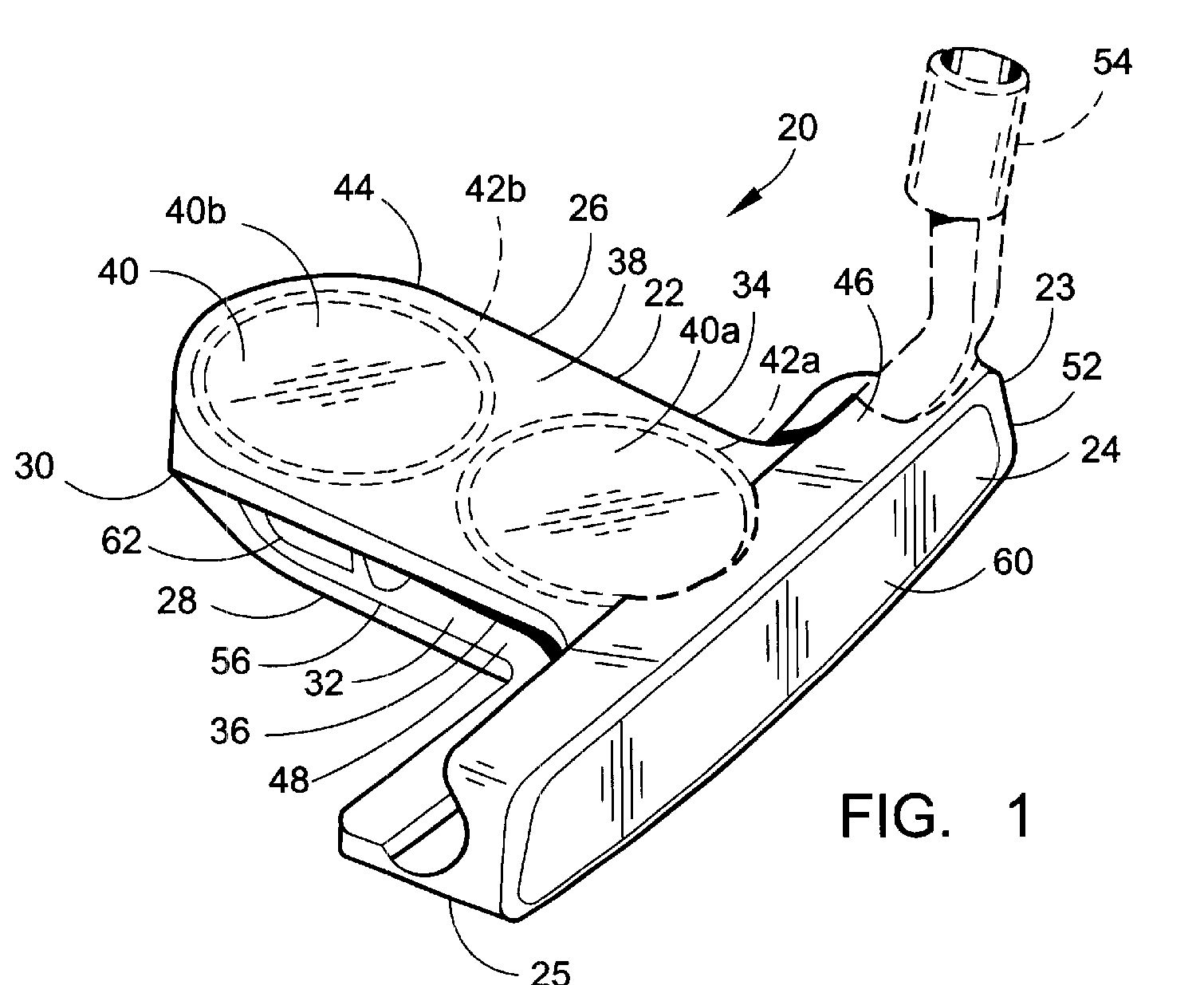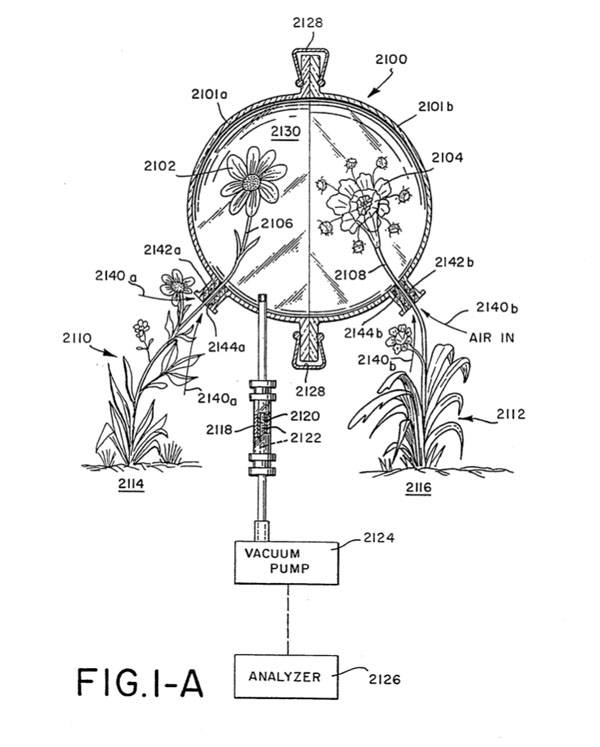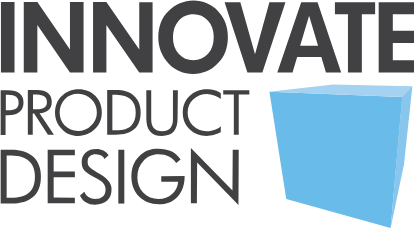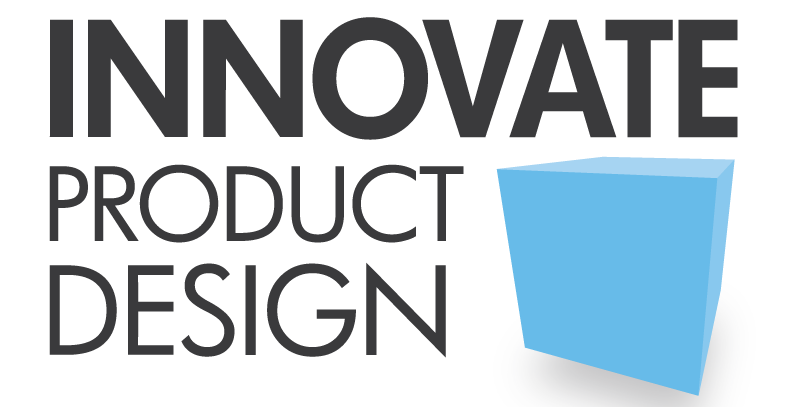PATENT ADVICE & PATENT COST INFORMATION
WHAT IS A PATENT?
A granted patent gives its owner the right to prevent anyone else producing, importing or selling, within the geographical jurisdiction. In the US the main options for protection of a product or design are Utility or Design Patents.

Request a Free Inventors Guide:
The "Inventing for Profit" Guide
Patent Advice/How to Patent an Idea
Confidentiality Agreements
Idea Submission Forms
News & Updates on Innovation
WHAT IS THE DIFFERENCE BETWEEN DESIGN & UTILITY PATENTS?
In simple terms, a Utility Patent protects the way an article is used and works, while a Design patent protects the way it looks. It is possible for an invention to qualify for both.
Some people may choose to seek the services of a patent agent or attorney firm from day one but this is not likely to be the best course of action for an inventor new to the game. Patent firms cannot give you help with presentation, design, development, or prototyping, or provide commercial advice, so if your project is still at an early stage it’s likely to be a waste of their time and your money. There are two types of utility patent applications – Provisional and Non-provisional, both having pros and cons related to patent costs and timelines.
PATENT ADVICE RELATED TO PROVISIONAL APPLICATIONS:
GOOD things about provisional applications: A provisional application gets you a filing date on which you can later rely, at relatively low cost, while you evaluate your invention and/or try to find out if there is a market for the product or the application. You can then proceed to a more refined formal application. However, it must be borne in mind that any material which is not in the provisional application will not be entitled to the provisional’s earlier filing date so the provisional should be as complete as you can make it.

Some BAD points:
COSTS AND INFO ON VARIOUS TYPES OF PATENTS
There are three different types of patents available in the United States.
Utility Patent (most common for inventors)A utility patent makes exclusive claims over an invention for a period of time. We can help you with utility patent applications. There are two types of utility patent applications – provisional and non-provisional.


Design Patent –
http://www.uspto.gov/web/offices/com/iip/pdf/brochure_05.pdf Protects the overall appearance of an invention and is granted for any new, original and ornamental design for an article of manufacture. The term of a design patent is 14 years from the date of issuance. A design patent should only be chosen if the appearance of the invention is important. With respect to patent costs, unlike utility patents, design patents are not subject to maintenance/renewal fees. A design patent application is examined in the same way as a utility patent application.
Plant Patent –
http://www.uspto.gov/web/offices/pac/plant/index.html A plant patent is granted by the Government to an inventor (or the inventor’s heirs or assigns) who has invented or discovered and asexually reproduced a distinct and new variety of plant, other than a tuber propagated plant or a plant found in an uncultivated state.



